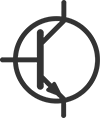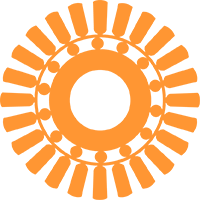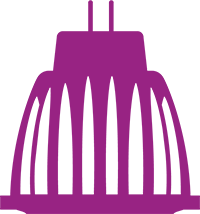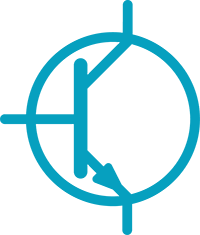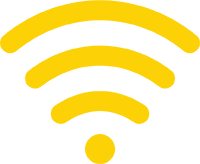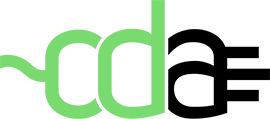Welcome To The PEET Publications Area
4E PEET Status of Electric Motor Regulations 2022 (Updated December 2022)
Update of energy efficiency regulations and trends in 4E economies
4E PEET Status of Room Air Conditioner Regulations 2022
Update of energy efficiency regulations and trends in 4E economies
4E PEET Status of Television and Displays Regulations 2022
Update of energy efficiency policy measures and trends in 4E economies
4E PEET Status of Domestic Refrigerator Regulations 2022
Update of energy efficiency regulations and trends in 4E economies
4E PEET Changes in MEPS & Test Methods 2018-19
A summary of the changes made by 4E Members to the test methods or MEPS performance requirements for the equipment types covered in the PEET Analysis Report
4E PEET Efficiency Trends Report 2018-19
A summary of the energy efficiency trends for the major types of equipment in 4E Member countries or regions for the period 2018-19. The analysis is focused on determining the normalised energy efficiency of nine product groups
4E PEET Methodology Report 2018-19
Details the methodology and assumptions used to determine the accompanying PEET Efficiency Trends Report, for each type of equipment covered. In recognition of the important contribution that product energy efficiency plays
Benchmarking Report for Domestic Gas and Electric, Storage, Instantaneous and Heat Pump Water Heaters
This Benchmarking Report seeks to compare the performance of storage, instantaneous and heat pump water heaters available in a number of national markets by type, between type and by energy source
Development of Conversion Factors and Overall Approach for International Comparisons of Water Heaters
The analysis of the energy performance of water heaters is the first time the IEA 4E Mapping and Benchmarking activities have
Policy Brief – Mapping & Benchmarking of set top boxes – GERMAN
This briefing describes the outcomes of an analysis of the energy consumption of set top boxes in Australia, EU and USA. The policy brief has been translated to German
Policy Brief – Mapping & Benchmarking of set top boxes – KOREAN
This briefing describes the outcomes of an analysis of the energy consumption of set top boxes in Australia, EU and USA. The policy brief has been translated to Korean
Policy Brief – Mapping & Benchmarking of the Impact of “Phase-out” on the Lighting Market (Updated) – GERMAN
This briefing updates the outcomes of the international comparison on the impact of polices to phase-out inefficient lighting products
Policy Brief – Mapping & Benchmarking of Dishwashers – GERMAN
This briefing describes the outcomes of an international comparison of the energy consumption of dishwashers and includes data analysis of information drawn from Australia, Austria, Canada
Policy Brief – Mapping & Benchmarking of distribution transformers – GERMAN
This briefing describes an international comparison of the energy efficiency of distribution transformers and associated policies which was carried out by IEA 4E in close cooperation with the
Benchmarking Report – Packaged Liquid Chillers
This report aims to compare standards for packaged liquid chillers as far as practicable at present, and indicates possible pathways towards better comparability in future, both for market average performance and to enable comparison of the stringency of regulations between economies
Policy Brief – Mapping & Benchmarking of Domestic Refrigerated Appliances (Updated) – KOREAN
This briefing updates and expands the outcomes of the international comparison of domestic refrigerated appliances and includes data
Policy Brief – Mapping & Benchmarking of Dishwashers – KOREAN
This briefing describes the outcomes of an international comparison of the energy consumption of dishwashers and includes data analysis of information drawn from Australia, Austria, Canada
Policy Brief – Mapping & Benchmarking of distribution transformers – KOREAN
This briefing describes an international comparison of the energy efficiency of distribution transformers and associated policies which was carried out by IEA 4E in close cooperation with the
Policy Brief – Mapping & Benchmarking of the Impact of “Phase-out” on the Lighting Market (Updated) – KOREAN
This briefing updates the outcomes of the international comparison on the impact of polices to phase-out inefficient lighting products
Benchmarking Report – Updated Impact of ‘Phase-out’ Regulations on Lighting Markets
This benchmarking analysis updates the results of the domestic lighting benchmarking published in July 20111 based on new data that gives insight into more recent market trends
























